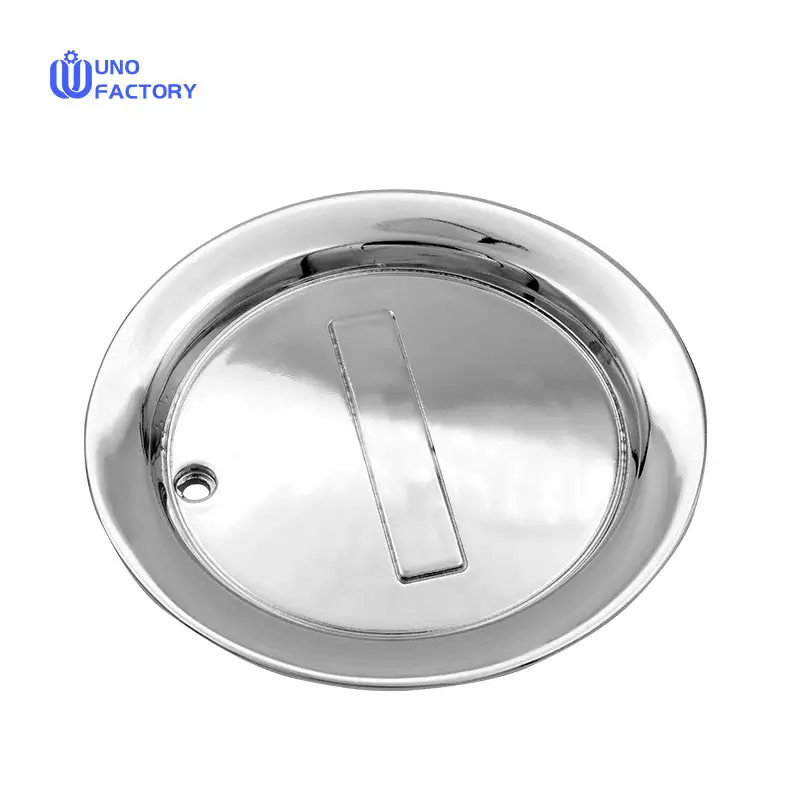Time to read: 6 min

Electroplating is a versatile industrial process that enhances the properties and appearance of various materials. This guide offers an in-depth look at the electroplating process, its working principles, the materials suitable for electroplating, and the wide range of applications across different industries.
What is Electroplating?
Electroplating, a technique dating back to the early 19th century, involves coating an object with a thin layer of metal using electric current. This process, also known as electrodeposition, is used to improve the physical properties of the substrate material, such as aesthetics, corrosion resistance, and wear.
How Does Electroplating Work?
Electroplating operates on the principle of electrodeposition, where a metal is dissolved and deposited onto another surface through an electric current. The process requires four primary components: an anode, a cathode, a plating solution, and a power source.
Working Principle
The anode, made of the metal used for plating, and the cathode, the substrate material, are immersed in an electrolyte solution. When electricity is introduced, oxidation occurs at the anode, releasing metal ions into the solution. These ions migrate to the cathode, where they deposit as a thin metal layer, altering the substrate's physical properties.
Precautions in the Electroplating Process
Given the involvement of corrosive chemicals and electric currents, safety is paramount. Precautions include handling the solution with care, wearing protective gear, and ensuring proper storage and disposal of chemicals.
Types of Electroplating Methods
Electroplating can be performed using different methods, each suited to specific applications:
- Barrel Plating: Ideal for small, uniform parts.
- Rack Plating: Used for large or complex parts requiring a high-quality finish.
- Reel to Reel Plating: Economical and efficient for selective metal deposition.
Metal Materials Suitable for Electroplating
Common metals used in electroplating include copper, zinc, nickel, silver, palladium, gold, and tin. Each metal imparts unique properties to the substrate, such as enhanced conductivity, corrosion resistance, and aesthetic appeal.
Advantages and Disadvantages of Electroplating
Electroplating offers several benefits, including material protection, reduced friction, and improved object properties. However, it also has drawbacks, such as potential environmental pollution, high setup costs, and time-consuming processes.
Applications of Electroplated Parts
The applications of electroplating span across industries like aerospace, automotive, medical and dental, prototyping, power, and jewelry. Each application leverages the improved properties of electroplated parts.
Conclusion
Electroplating is a longstanding technology that enhances the durability and aesthetics of materials. Understanding the process and its requirements ensures successful outcomes. For expert electroplating services, consider partnering with experienced providers like Unofactory.




